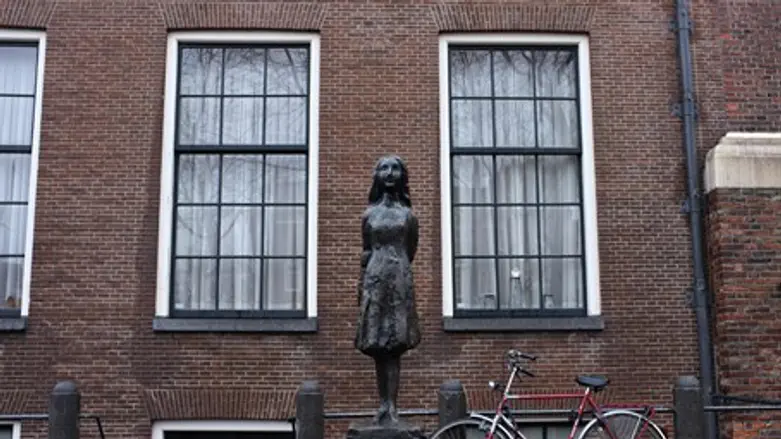
Dutch Jewish author Berthe Meijer, whose life intersected with Anne Frank’s, died on July 10, at the age of 74.
Before the war, Meijer lived on the same Amsterdam street in a Jewish neighborhood where Frank attended a Montessori school. Their families both attempted to hide during the Nazi occupation of the Netherlands, but were caught and deported to Bergen-Belsen at the same time, The Associated Press (AP) reported.
While Frank was killed just two weeks before the liberation of the camp in 1945, Meijer managed to survive.
In 2010, Meijer published a memoir titled “Life After Anne Frank,” comparing her own post-war fortunes with those of Frank, had she lived.
While Meijer became a successful writer, her emotional scars never healed.
Meijer’s parents had been killed during the war and she grew up in a Jewish orphanage experiencing uncomfortable relationships with relatives who survived.
She said, though, that she was determined to make something of herself.
“I thought it would be too much of an honor to the people who caused me so much grief to let myself be crushed,” she said at her book launch in 2010.
She later became a columnist for the NRC Handelsblad newspaper, and a collection of her recipes were published as a popular cookbook in the 1980s.
After a divorce, she entered into a relationship with another Holocaust survivor, one of the country’s most famous journalists.
Then she met Goldschneider, a mercurial American-born author and musician, in 1986 and they remained together in relative happiness, he said Wednesday.
“She had ecstatic times, but also very dark periods,” he said. “When a life is tarnished, damaged, marred like that, it can’t be normal.”
In a 2010 interview, she said that one of her primary requirements in a house was that it have good escape routes and hiding places.
Asked about whether her current residence had a hiding place, she exclaimed, “oh, one of the best I’ve ever had.”
Meijer said that she had hoped that writing her book might show people with past traumas that others had experienced similar hardships, noted the AP.
“That might offer a little comfort. A little,” she said.
While she decided to write her book after a visit to Bergen-Belsen, she became skeptical about the therapeutic nature of writing.
“All the people who assured me that this was the opportunity to make peace with my past didn’t know what they were talking about,” she wrote in the book’s concluding lines.
“There is no peace. It will remain war until my death.”
She is survived by Goldschneider, a sister, a son and two grandchildren.